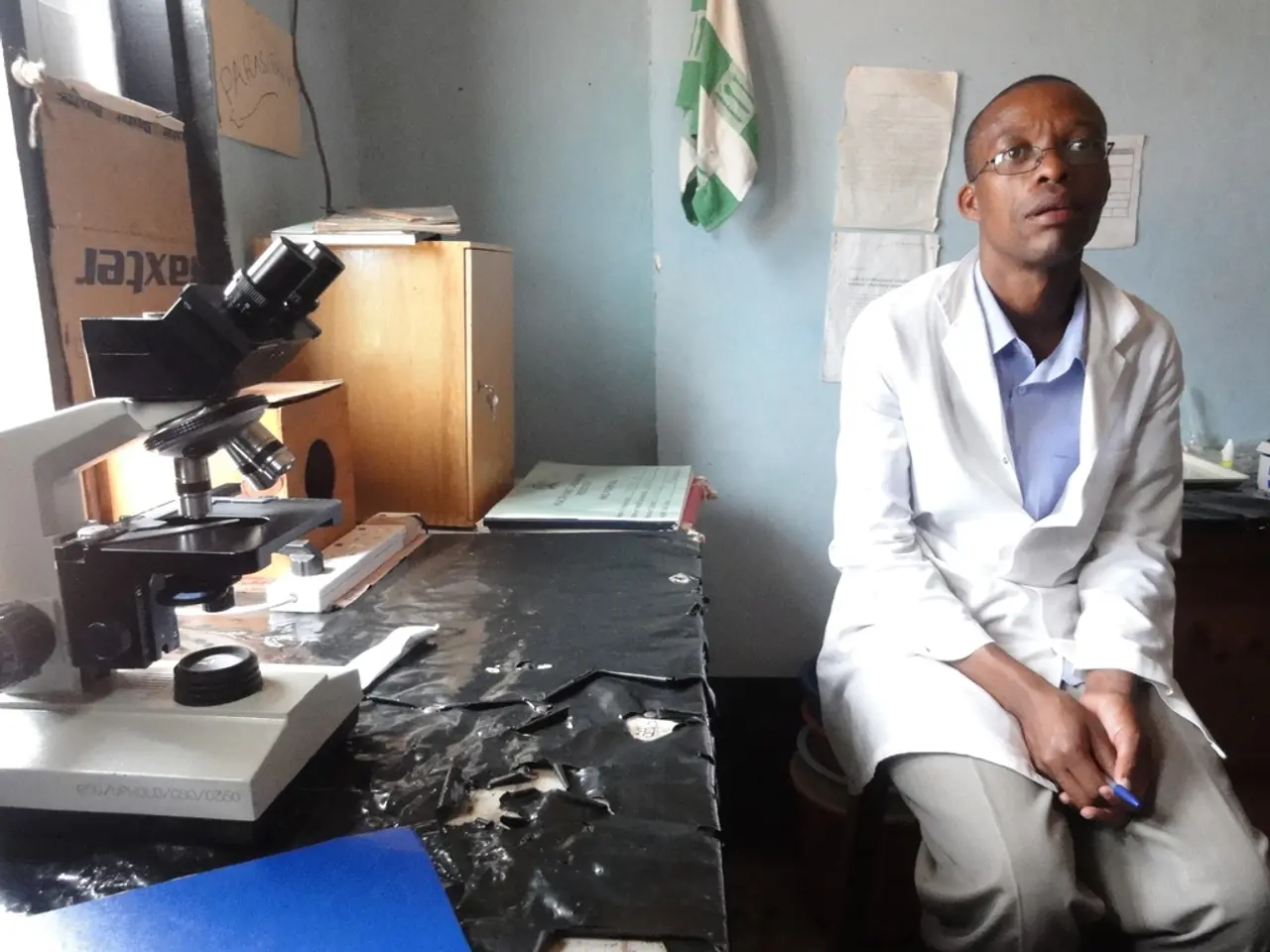Unveiling a Fresh Exploration: Mastery of the Unknown
In the world of bioengineering research, a new intern might find themselves overwhelmed by the deluge of information on their first day. However, with time and the right strategies, the task becomes less daunting.
Understanding the intricate metabolic pathway of a yeast cell can be challenging, but it's not as insurmountable as it seems. For the intern, comprehending this pathway was a significant hurdle, yet they persevered.
One effective approach is to approach a research topic critically, even if the answers are not initially correct. This mindset can make the intern more comfortable with the topic, fostering a deeper understanding.
Asking for diagrams can aid in making complex information more understandable in a bioengineering research context. Diagrams are a great way to outline main ideas and make connections between these ideas, providing a visual representation that can simplify complex concepts.
To understand a research topic, some literature reading is necessary. Instead of reading every experiment and conclusion in numerous academic papers, it's beneficial to thoroughly read the abstract, skim the introduction and results, and look at diagrams carefully.
A mentor may provide comments on why incorrect potential answers are incorrect, which can deepen the intern's understanding of the topic. Presenting potential answers to a mentor, rather than just questions, can help stimulate critical thinking about a research topic.
Effective strategies for preparing for a new research project, especially in a new field, include clearly defining your research topic and questions, systematically locating and evaluating relevant information, organizing your materials, and planning your time efficiently.
To develop a well-defined topic and research questions, brainstorming and refining what you want to study is key. Tools like mind maps and the "Who, What, When, Where, Why" framework can help focus ideas and generate specific research questions relevant to the new field.
Locating information using strategic search methods, such as identifying keywords related to your topic and searching through diverse sources like books, academic articles, databases, and grey literature, is essential. Prioritize peer-reviewed and authoritative sources to build a solid foundation.
Critically evaluating the sources is crucial. This process helps avoid distractions from tangential materials and keeps your research focused. Take active and strategic notes, not just passive note-taking, by recording key points, your reflections, critiques, and how each source contributes to your understanding and argument.
Keep track of your research systematically using tools such as research logs or citation managers to record sources, note insights, and track progress. This organizational habit increases efficiency and ensures you don’t lose important information.
Planning ahead with a realistic timeline that allows time for further research after initial findings, accommodates delays in accessing materials, and fits the project's overall milestones is also important.
By the end of the internship, the intern was working independently and designing their own experiments. Being patient is important when starting a new research project, as it may take time to become comfortable with the subject.
Presenting work at a lab meeting is a common task for an intern by the end of their internship. The intern, who had only taken MOL214 and CBE245 before starting, was uncertain about what research at a bioengineering lab would be like. However, with the right strategies and a willingness to learn, they were able to thrive in the research environment.
References:
[1] A. Research Strategies. (n.d.). Retrieved April 29, 2023, from https://guides.library.illinois.edu/c.php?g=375210&p=2627622
[2] C. Research Methods. (n.d.). Retrieved April 29, 2023, from https://guides.library.illinois.edu/c.php?g=375210&p=2627623
[3] D. Critical Evaluation of Sources. (n.d.). Retrieved April 29, 2023, from https://guides.library.illinois.edu/c.php?g=375210&p=2627624
[4] E. Note-Making Strategies. (n.d.). Retrieved April 29, 2023, from https://guides.library.illinois.edu/c.php?g=375210&p=2627625
[5] F. Finding and Using Grey Literature. (n.d.). Retrieved April 29, 2023, from https://guides.library.illinois.edu/c.php?g=375210&p=2627626
Engaging in higher education and self-development for the intern's personal growth, they sought to enhance their understanding of bioengineering research topics, particularly the metabolic pathway of a yeast cell. This pursuit of knowledge led them to critically learn and apply effective strategies for research, such as reading academic literature, utilizing diagrams, collaborating with a mentor, and planning their time efficiently. These learning experiences fostered their independence and enabled them to design their own experiments by the end of the internship.




